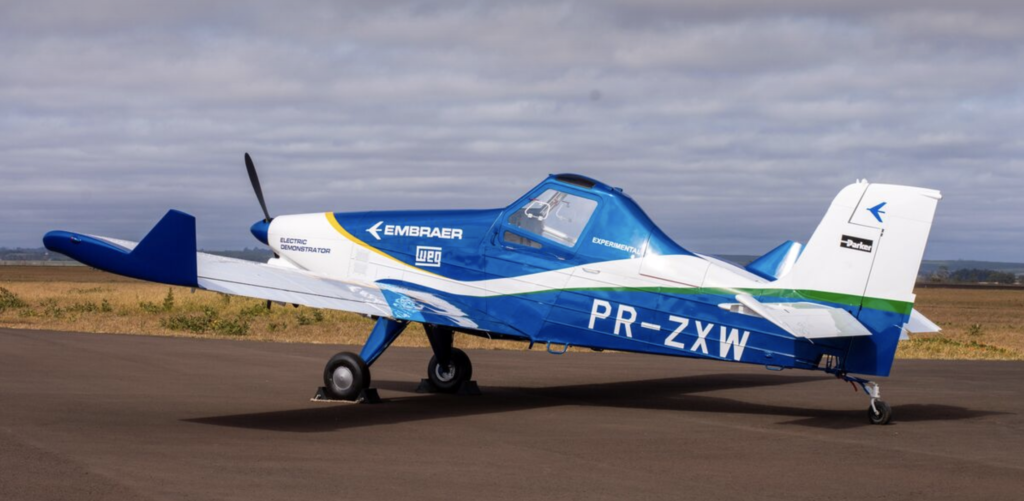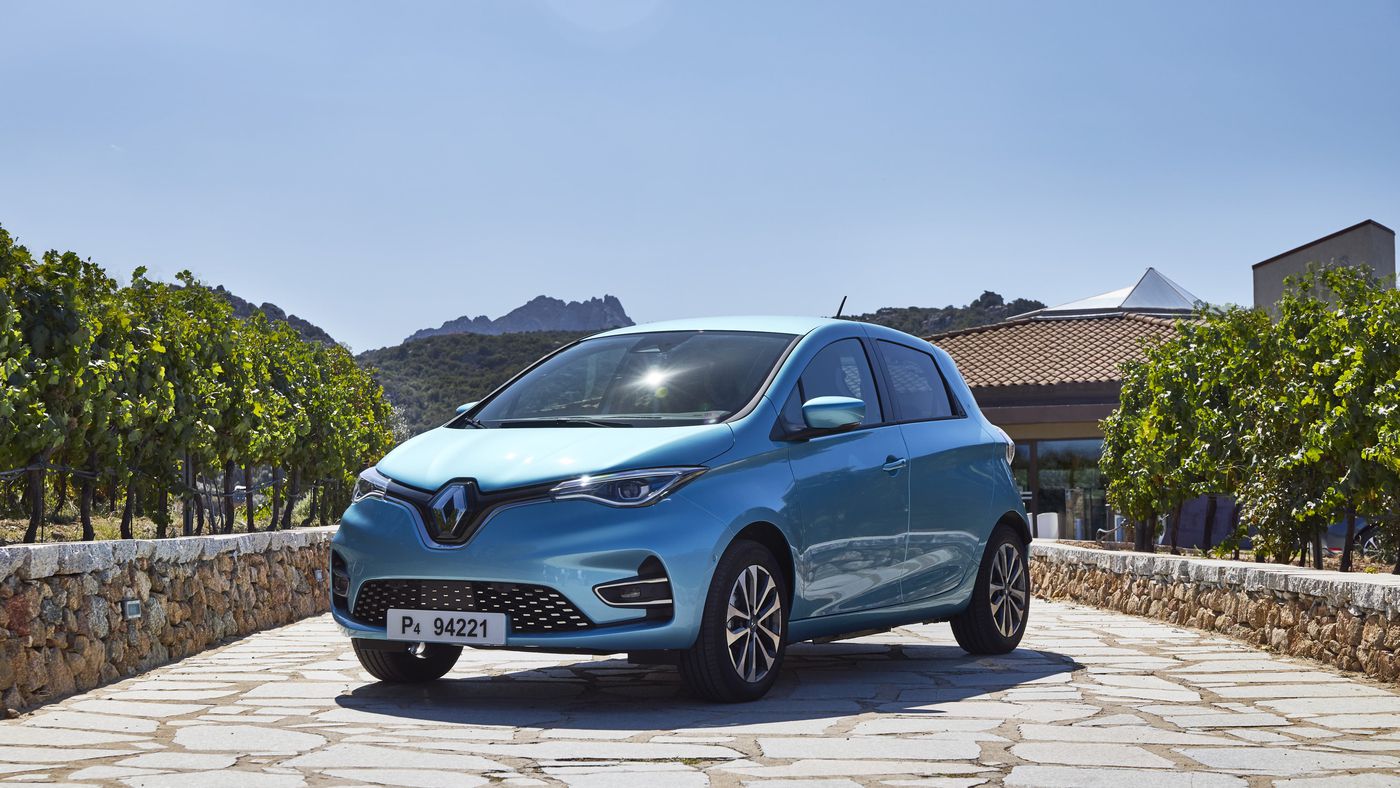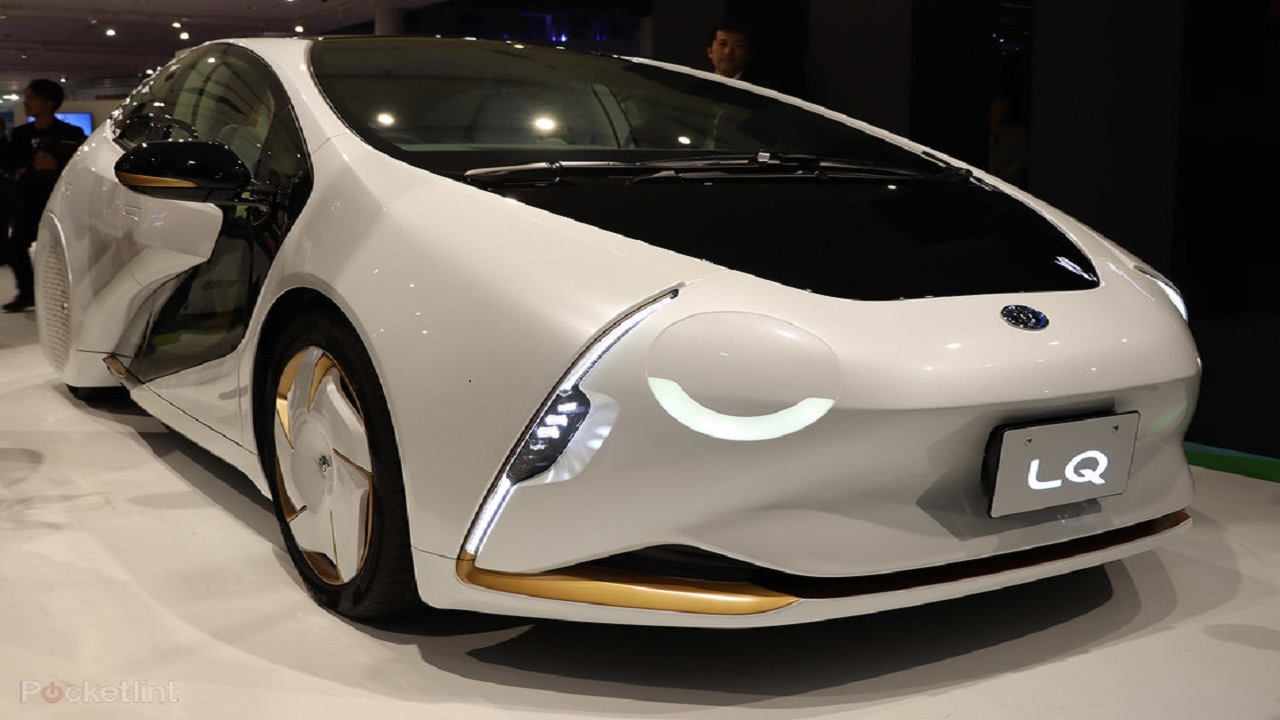In recent decades, planemaker Embraer has been synonymous with the best engineering Brazil could produce. Set up by the military on August 19, 1969, Embraer has been supported by every administration ever since—becoming a source of national pride as well as one of the largest commercial plane makers in the world, with clients in over 100 countries. Now, a merger with American giant Boeing has cast doubts about the company’s future and the way it will deal with its Brazilian roots.
Since 2017, Embraer’s future has been hanging on the Boeing merger, principally after European planemaker Airbus took over Canada’s Bombardier, leaving few options for the Brazilian company: it either had to consolidate its business with a larger player, or risk getting left behind.
The Americans paid USD 4.2 billion for 80 percent of Embraer’s crown jewel, its commercial aviation division, evaluating this new business at USD 5.26 billion. Embraer may also sell its 20 percent stake in Boeing Brasil-Commercial (as the new business is called) in the future. With this injection of cash, Embraer will be able to start over with a clean slate, paying its debts, providing USD 1.6 billion in dividends for shareholders, and getting extra cash to innovate.
Now, Embraer’s future lies in three divisions: Defense—developed in the joint venture with Boeing—Services, and Engineering.
On its side, it has a large military cargo plane, KC-390, as well as new disruptive projects bred under the subsidiary EmbraerX. Among them, a new fully-electric plane and an eVTOL—also known as a flying cab to transport passengers—developed alongside Uber. Signature projects, such as the new executive Praetor 600 jet, are expected to boost the executive jets division.
Some believe that providing services, such as airplane maintenance, or even expanding to work with integrated systems for ships would be good, profitable options for Embraer. There are plenty of possibilities, but the fact is that the company will have to reinvent itself, and fast, to remain a relevant player worldwide.
Why isn’t the market celebrating Embraer?
As of Monday, Embraer shares (EMBR3), are 17 percent down for the year, making one wonder: if the future is so bright, why is the market not betting on it?
The answer may be found in Embraer operations history. Historically, the commercial jet section has always been the most profitable, while Defense and Executive Jets have struggled to blossom. By taking on the commercial division, Boeing gives a welcome capital injection to the company, but some believe it has also undervalued the remaining businesses—which made stocks dive deep by the time the deal was closed.
Looking ahead, some analysts see better prospects for the company in spite of that, with the large amount of capital expenditure on building jets starting to pay off. Praetor sales are expected to pick up, as are those of the KC-390 military cargo craft. These positives may not yet have been priced in.
Analyzing the company’s most recent earnings report, brokerage Guide Investimentos said that Embraer shares “are trading at an attractive risk-reward ratio.” They expect “a larger amount of sales for the executive segment, normalization of KC-390 deliveries (after some delays) and better margins.” They also highlight the potential for USD 150 million in synergies after the merger is fulfilled.
Although partnering with Boeing opens even more doors for Embraer in the massive American defense and security market, the merger happens at a cumbersome moment for Boeing. Its flagship plane, the 737 Max, faces a credibility crisis after two lethal accidents in Indonesia and Ethiopia.
This does not change Boeing’s interest in Embraer and shouldn’t affect the merger, but the turbulence is certainly not a boost for the overall scenario. Another concern for Boeing Brasil-Commercial is the Chinese-American trade war, as Bloomberg News highlighted in a report from June. Escalating tensions between the world’s two biggest superpowers may affect business, just like it did for Chinese technology supplier Huawei. The deal between Embraer and Boeing is still awaiting approval from Chinese antitrust regulators. Moreover, two plane models are also waiting for certification from Beijing.

A source of pride for Brazilians
Far from the stock market and specialized air industry circles, Embraer is seen in a different light. Over the decades, the company was seen as a model of innovation and success for the Brazilian industry. It all started with the Bandeirante Project, the first plane ever produced by the then state-owned company. It was able to support both civil and military aviation needs—as the Brazilian Air Force required.
Like most Brazilian state-owned companies, Embraer developed a close relationship with the country’s needs. It became one of the most important economic drivers of the city of São José dos Campos, in the Paraíba River Valley, helping to develop this region of the state of São Paulo. Its research and development roots also helped to boost colleges in the area, especially the military-run Technological Institute of Aeronautics (ITA), known as one of the best—and hardest—institutions to gain admission to.
This also helps explain the controversy that involved the Boeing deal, with rumors that the Brazilian government would block it by using the golden share privilege it held on to when the company went public in 1994. The golden share allows the government to veto decisions essential to Embraer’s future, such as changes in controlling interest or headquarters.
Trade unions fought a legal battle trying to block the deal or at least ensure there would be no mass firings. As reported by Exame magazine, Embraer and Boeing will split Embraer’s 18,000-strong workforce and the factory in São José dos Campos will be maintained, which helped reduce tensions.
It seems that, in spite of the new partnerships and many changes ahead, it seems Embraer is not willing to give up on its roots. Local newspaper O Vale reports the company will expand its plant in São José dos Campos, increasing the capacity to 4,000 employees, almost three times the current size, as part of a revamp announced in order to celebrate the company’s anniversary.
“By announcing the expansion of our facility in São José dos Campos, we reinforce our commitment to our people and the local community, that is part of our strategic vision of continued and sustainable growth,” said CEO Francisco Gomes Neto.






